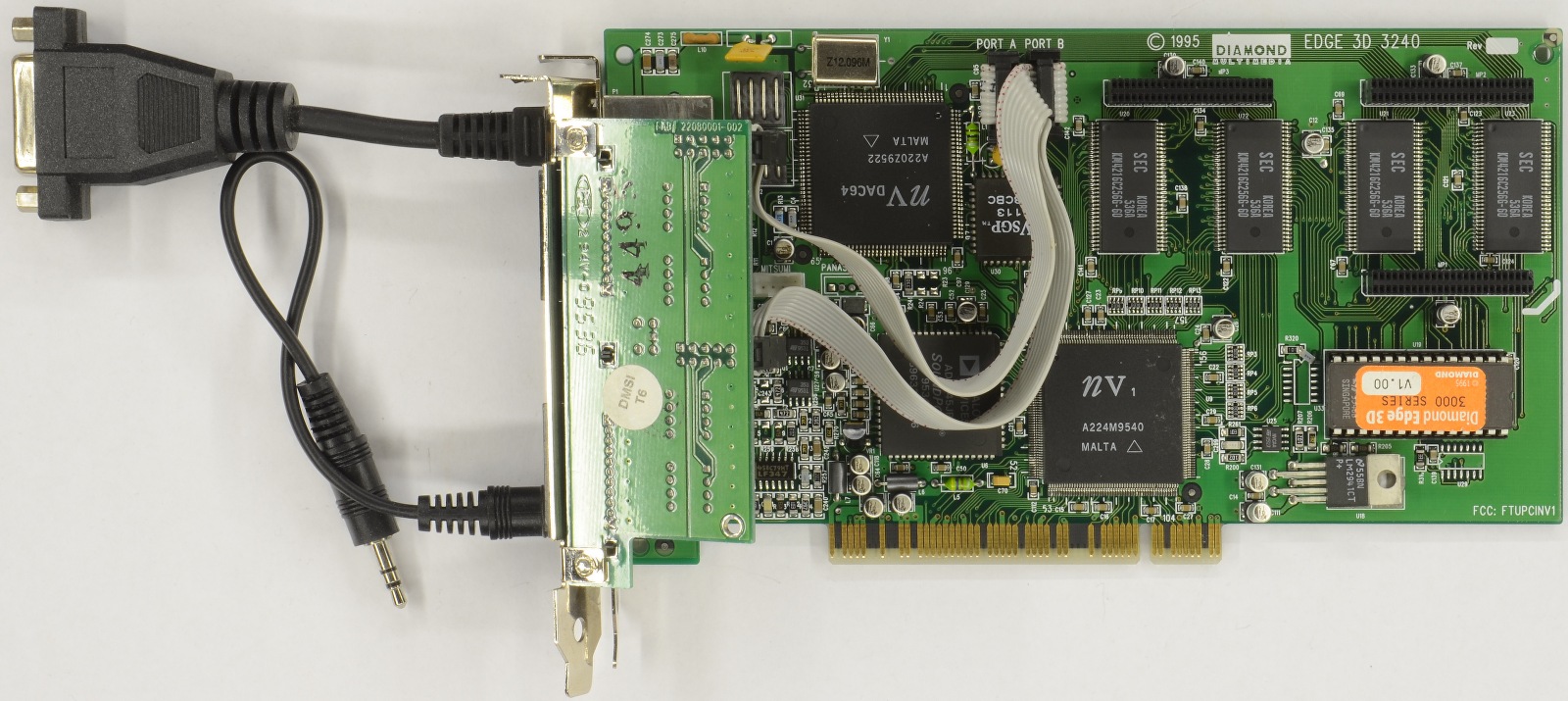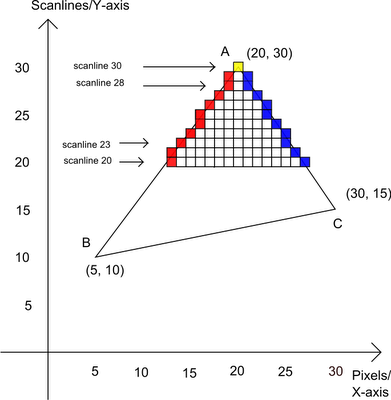It wasn't weaker than the PS1 in terms of raw processing ability, just look into the
Shenmue prototype to be baffled that that sort of thing was being rendered by the "terrible" Saturn. The practical problems with the Saturn, though, were two fold and huuuuuge.
First, its ridiculous hardware complexity. For the time, without any assisting tools, middleware, and barely any documentation, someone would need not only the ability to program directly on top of the hardware (assembly), but also being able to coordinate the two CPUs and two GPUs at the same time, which was simply a baffling concept -- nothing else in the industry tried this approach. And no company in their right mind would spend years learning the hardware's complexities to create amazing games that wouldn't sell.
Second problem with the Saturn was the 3D approach they went with: quads instead of triangles. That decision came at the wrong time when that sort of thing wasn't 100% figured out by all of the industry adopting one standard... and Sega bet on the wrong horse, resulting in basically none of the popular 3D tools of the time being able to create assets for it, while ports from PC/PS1 had to be "downconverted" or entirely remade.
All of this meant that the 3D games on the Saturn would always be produced in a "lazy" way. Companies aren't a charity and they couldn't justify spending the resources to program incredibly looking games on the Saturn when it took ridiculous effort to do so, which couldn't be justified when the market wasn't there. Whatever ports it would get would always look bad, like, say Tomb Raider. And thus people associated Saturn with being unable to do 3D as good as the PS1, because real world results and deadlines are more important than theoretical possibilities.
Taking this into consideration it makes what Lobotomy Software did both an achievement and one of major the conditions for their eventual downfall.




